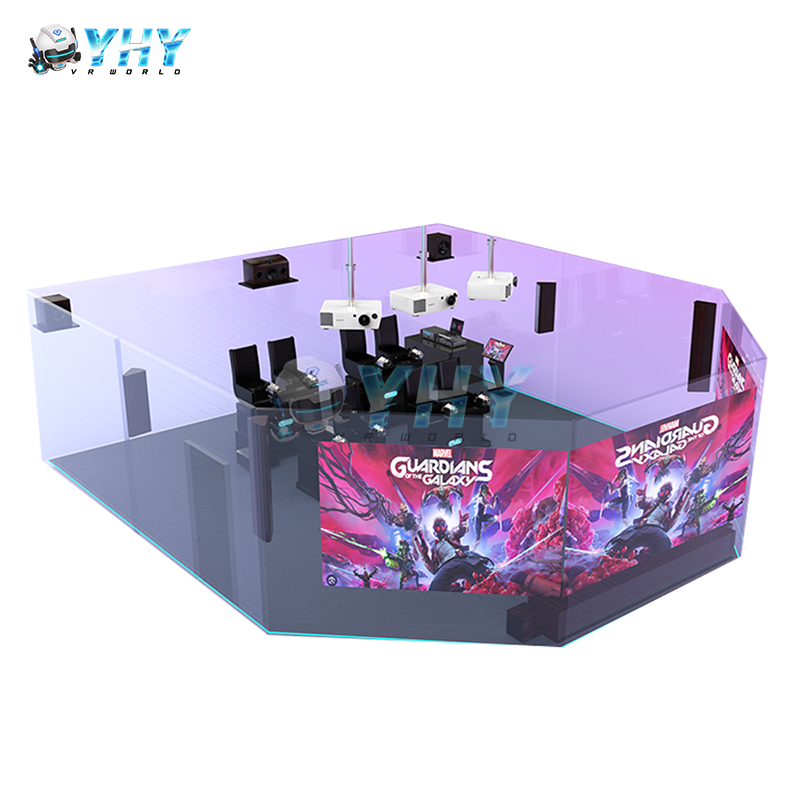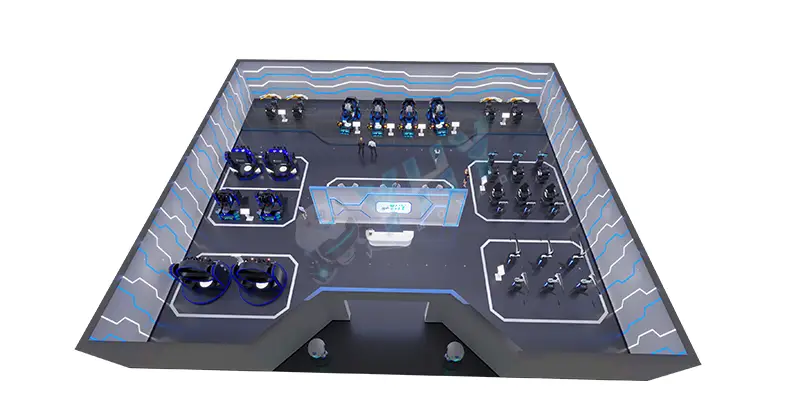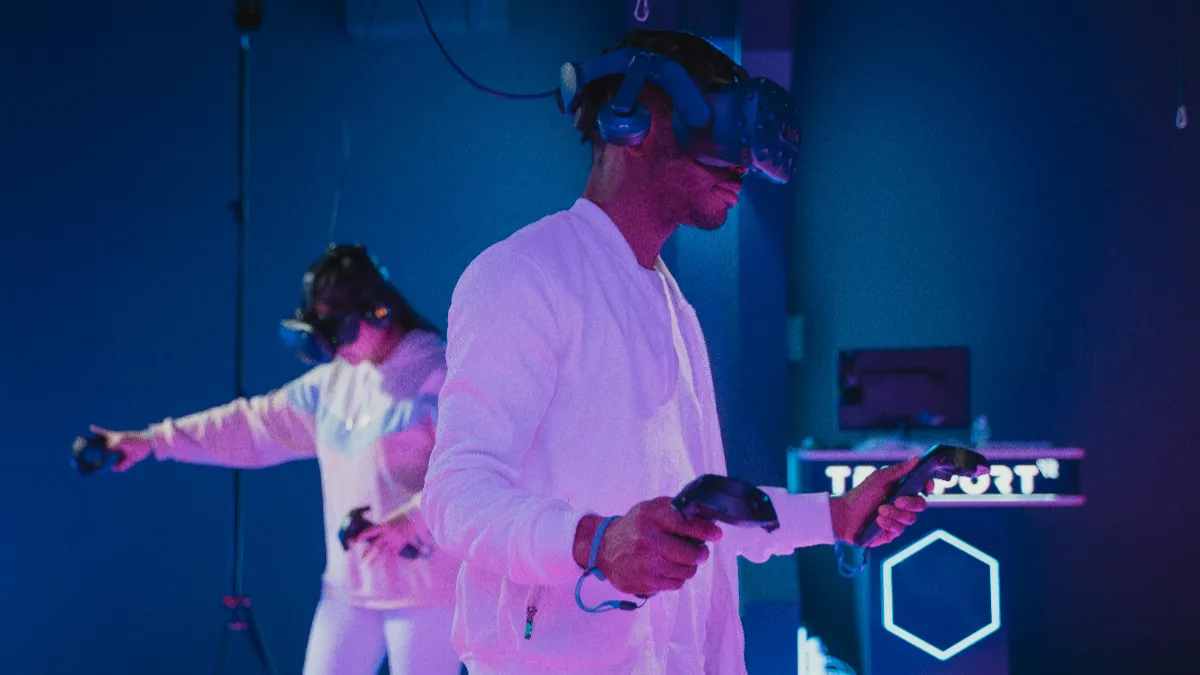The world of virtual reality is evolving rapidly, and I’m excited to share with you an innovation that’s transforming how we experience digital environments. Let’s dive into the fascinating realm of VR motion simulators, where reality and virtual worlds seamlessly blend.
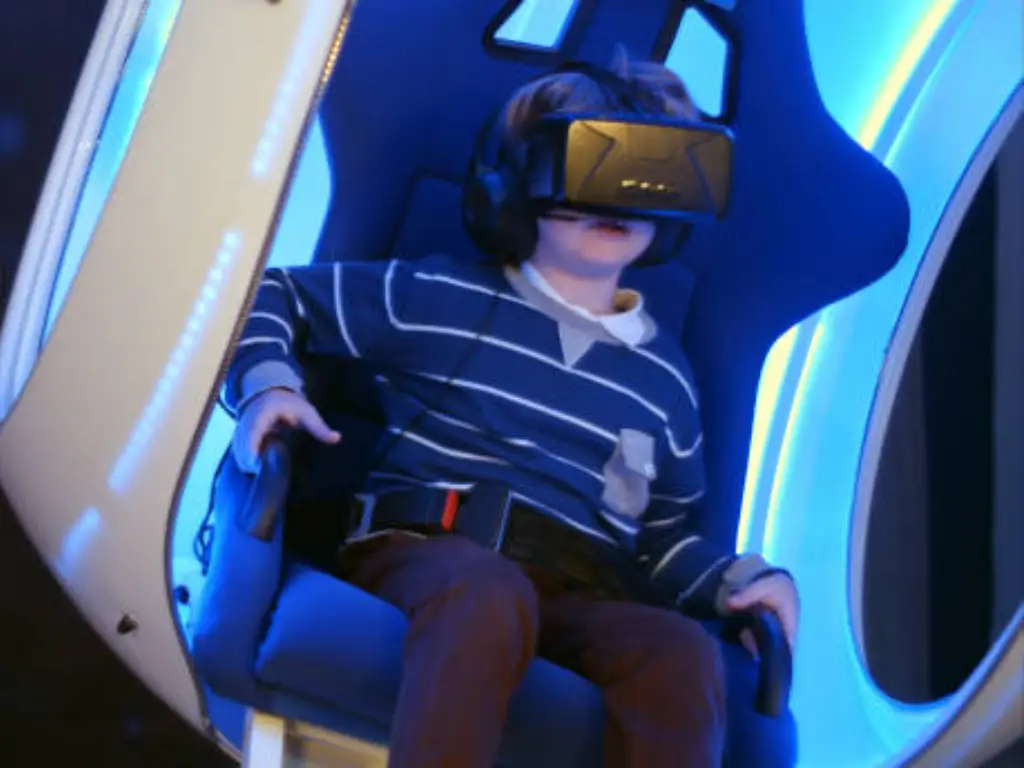
What is a VR Motion Simulator?
Picture this: you put on a VR headset, and suddenly, you’re transported to another world. Whether you’re soaring through space or racing through a city, the experience feels shockingly real. But there’s one thing that can make it even more immersive: the VR motion simulator.
A VR motion simulator is a system designed to enhance the sense of immersion in virtual reality by integrating physical movement. These simulators use motion platforms to simulate realistic movements like tilting, vibrating, or even spinning. This added physical feedback makes it feel as though you’re truly experiencing what’s happening in the virtual world.
Think of it as an extension of your senses. While VR headsets provide visual and auditory immersion, motion simulators bring in that crucial element of touch. على سبيل المثال, in a racing game, the motion platform might shift to simulate the G-forces you’d experience while making sharp turns. Or, in a flight simulation, you might feel a subtle roll as your plane banks.
How Does a VR Motion Simulator Work?
A VR motion simulator works by syncing physical movement with the virtual world experienced through a VR headset. This creates a more immersive and realistic environment, where your body feels the virtual actions unfolding around you.
Here’s the basic technical process:
- Tracking and Data Sync: The VR system continuously tracks your head and body movements in real-time through sensors in the VR headset and controllers. This data is sent to the simulator to interpret how the platform should move.
- Motion Calculation: Once the simulator receives the movement data, it uses algorithms to calculate how the platform should react. على سبيل المثال, if you’re in a roller coaster simulation, the system analyzes the virtual environment to determine when to tilt or shake the platform to mimic the ride’s motion.
- Synchronization: The simulator then triggers the necessary movements on the motion platform. This could involve tilting, rolling, or vibrating depending on the virtual scenario. The motion is perfectly timed to match the virtual actions, enhancing the sense that you’re physically inside the experience.
- تعليق: Some simulators include additional feedback, such as vibrations or resistance, to simulate textures or forces (like wind or bumps). This is another layer of immersion created is what creates you involvement.
Key Components of a VR Motion Simulator: What Powers the Experience?
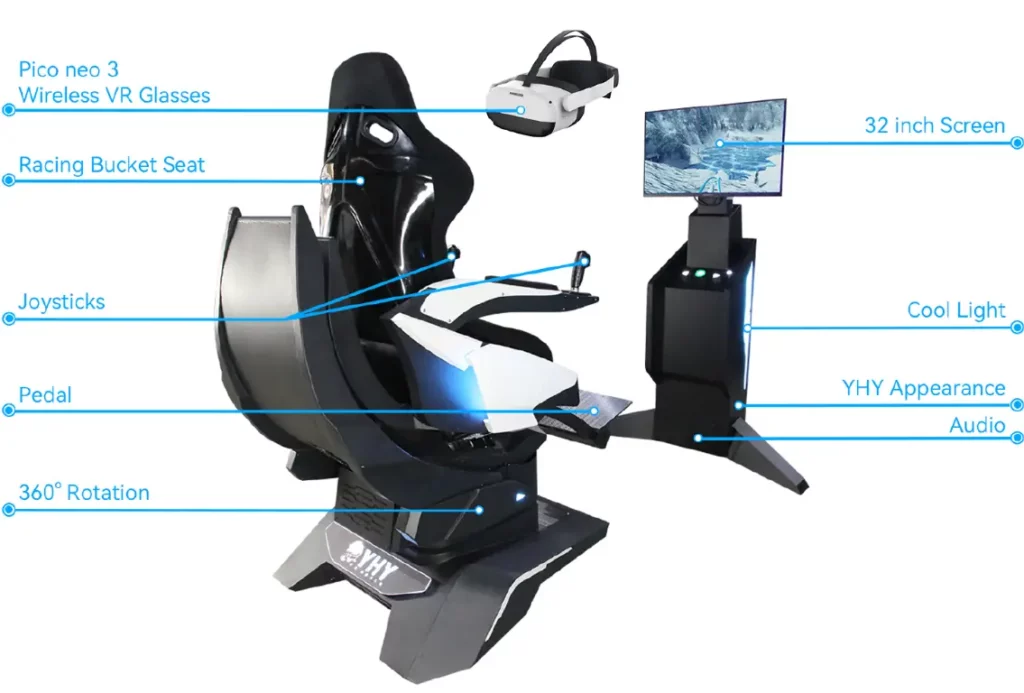
A VR motion simulator relies on several essential components working together to create an immersive, physically interactive experience. Each part contributes to making the virtual world feel realistic, from the sights and sounds to the sensations you feel as you move through it.
منصة الحركة
The motion platform is responsible for the physical movement of the simulator. It reacts to the virtual world by tilting, shifting, or rotating, providing a sense of motion that aligns with what’s happening on screen. This could mean feeling a sudden dip in a rollercoaster ride or the movement of a vehicle in a racing game. The platform’s movement mimics the forces you would experience in the real world.
سماعة الواقع الافتراضي
The VR headset is the most essential component for visual and auditory immersion in the virtual world. It provides users with a full 360-degree view of the virtual environment and delivers immersive sounds, making the experience far more engaging. The headset’s sensors track the user’s head movements, and the visual output is synchronized with the motion simulator to ensure the user’s visual experience matches the physical movements of the platform.
Actuators and Motors
These are the mechanical components that drive the motion platform. Actuators generate the movements, such as tilting or rotating the platform, while motors control the intensity and speed of these movements. معاً, they create the physical sensations that mirror the virtual experience, whether it’s the feeling of acceleration in a race or the weightlessness of a rollercoaster.
Sensors and Feedback Mechanisms
Sensors continuously monitor the position of the motion platform and the user’s movements to maintain synchronization with the VR world. Feedback mechanisms, such as vibrations or resistance, provide additional tactile sensations, letting users feel actions like impacts or the shift in gravity when making a sharp turn.
نظام التحكم
The control system is the central hub of the simulator. It processes data from the VR headset and sensors, ensuring that the motion platform’s movements match the virtual actions. It synchronizes all the components to create a seamless experience, adjusting in real-time to user input or changes in the virtual world.
Types of VR Motion Simulators: Exploring Your Options
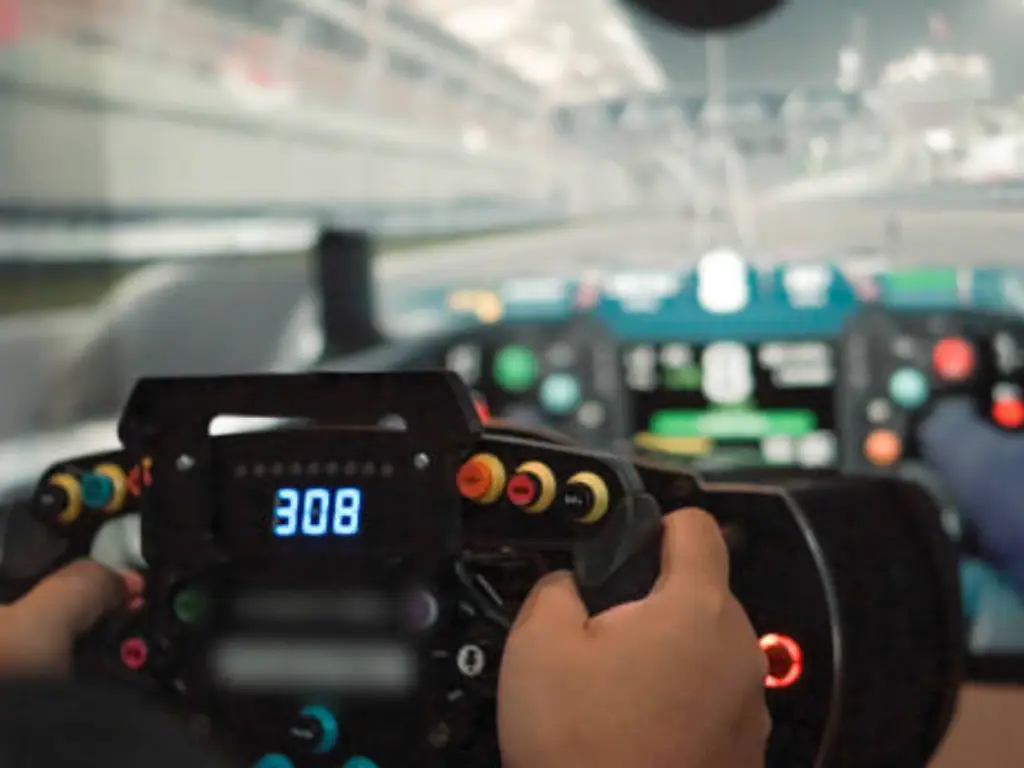
When exploring VR motion simulators, it’s helpful to categorize them based on different criteria, such as Degrees of Freedom (DOF) , application scenarios, and motion platform types. Let’s dive into some of the most common ways to classify these systems.
1. By Degrees of Freedom (DOF)
- 3 DOF Simulators: These systems typically allow movement in three directions—pitch (tilting forward and backward), يو (side-to-side), and roll (rotating left and right). They are often used in simpler simulators, مثل محاكاة الطيران أو racing simulators, offering a basic yet immersive experience without full translational movement.
- 6 DOF Simulators: More advanced systems, 6 DOF simulators can move in all three rotational directions and also translate the platform in three linear axes—up/down, left/right, and forward/backward. This type of simulator provides a richer and more dynamic experience, often used in applications like aviation training, motion-based gaming, or immersive VR experiences.
For a detailed comparison between 3 DOF vs 6 DOF, check out this blog post that dives deeper into the differences and how each system enhances your virtual experience.
2. By Application Scenario
- Entertainment Simulators: These are designed for fun and leisure, مثل crossing simulators or racing simulators. They aim to provide thrilling, lifelike experiences, often used in arcades or home setups. They can range from simple 3 DOF platforms to more sophisticated 6 DOF platforms for added realism.
- Training Simulators: Used in professional fields, these simulators recreate environments where users need to practice real-world skills. This could include military training, flight training, or surgical simulators. 6 DOF or more advanced setups are often used here to mimic real-world motion and spatial awareness.
3. Motion Platform Type
- Static Platforms: These are basic systems that offer no physical movement but provide feedback through visual and audio cues. Often paired with VR headsets, they create an illusion of movement without any actual platform motion.
- Actuated Platforms: These platforms use motors and actuators to physically move the user, ranging from simple tilting to full translational movement. They offer a more immersive experience, often seen in arcade VR games and flight simulators.
4. By Content Interactivity
- Non-Interactive Simulators: These simulators provide a passive experience, where the user does not control the virtual environment. Instead, they simply experience the motion (على سبيل المثال, roller coaster rides, cinematic VR experiences) without making decisions or actions.
- Semi-Interactive Simulators: In these systems, users can interact with the environment to some extent, but the experience is still largely directed by the system. Examples include flight simulators or racing simulators where the user controls some aspects like steering, throttle, or brakes, but the scenario is predetermined.
- Fully Interactive Simulators: These provide the highest level of user engagement, where the user can interact with the virtual environment in real-time, making decisions that affect the outcome. This includes VR training simulators (على سبيل المثال, medical or military training) أو interactive gaming shooting simulators where users have complete control over actions and decisions.
سيناريوهات التطبيق: Where VR Motion Simulators Shine
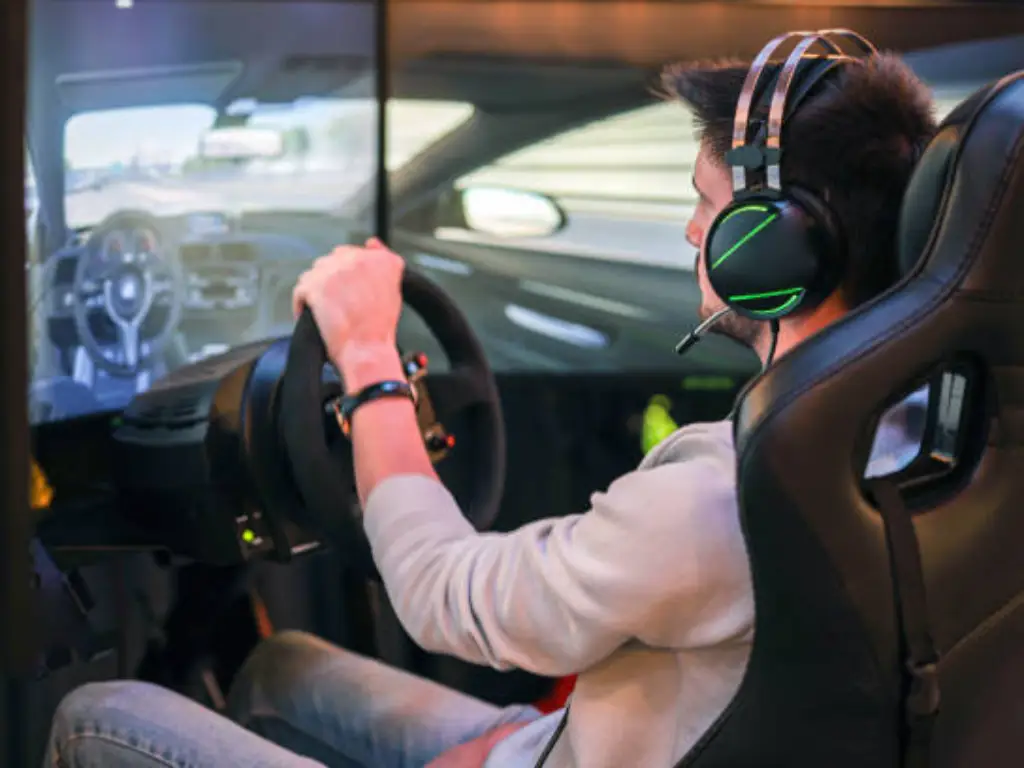
When we talk about where VR motion simulators create the most value, I’ve seen numerous business settings where they’ve become game-changers. Let’s explore how different venues can leverage this technology to boost their revenue and customer engagement.
مراكز التسوق
Installing a motion simulator platform in shopping centers creates an exciting attraction that draws foot traffic. What makes this particularly effective is its ability to:
- Transform empty retail spaces into profitable entertainment zones
- Increase average customer dwell time, leading to higher shopping center revenue
- Create a modern, tech-forward image that attracts younger demographics
- Generate additional income through per-use fees or membership programs
Theme Parks and Entertainment Centers
The best VR motion simulator setups in theme parks offer unique advantages:
- Lower maintenance costs compared to traditional rides
- Easy content updates to keep experiences fresh
- Multiple experience options in a single hardware setup
- Weather-independent attraction that operates year-round
Esports Venues
For esports facilities, these systems provide:
- Enhanced competitive gaming experiences
- Unique tournament opportunities
- Higher per-session revenue compared to traditional gaming setups
- Strong differentiation from standard gaming centers
الفنادق والمنتجعات
Luxury accommodations are discovering that motion simulator platforms can:
- Create premium entertainment options for guests
- Offer unique corporate event possibilities
- Provide rainy-day activities without requiring extensive space
- Generate additional revenue through specialized VR experiences
How to Choose the Right VR Motion Simulator: A Buyer’s Guide
Investing in a VR motion simulator can be a game-changing decision for your business. لكن, choosing the right one requires careful consideration of several key factors to ensure you make a smart investment. Here’s a breakdown of critical elements to consider:
- Purpose and Applicatioن: Before diving into specific models, identify the primary purpose of your VR motion simulator. Are you targeting entertainment, تمرين, or educational applications? Understanding your goals will help you choose a simulator that best meets the needs of your audience.
- DOF: The level of immersion provided by a motion simulator largely depends on its Degrees of Freedom (DOF). Determine whether a 3 DOF or 6 DOF simulator aligns better with your intended use.
- Space Requirements: Evaluate the physical space available for your simulator. Consider the dimensions and layout, as different models require varying amounts of room. Ensure you have adequate space not only for the simulator itself but also for user activities and safety considerations.
- Content Library: A rich content library enhances the simulator’s value. Check if the manufacturer provides a variety of scenarios, ألعاب, and training modules. A diverse range of content will keep users engaged and allow for future expansion.
- Manufacturer Reputation: Choosing a reliable vr motion simulator manufacturer is crucial. Research their reputation, customer support, and track record in the market. Look for testimonials and case studies that showcase their products in similar environments. A reputable manufacturer will not only offer quality equipment but also ongoing support for maintenance and updates.
- Budget and ROI: Lastly, assess your budget while considering the potential return on investment (ROI). Analyze operating costs, expected revenue, and possible growth. A higher upfront cost might yield better long-term returns if aligned with your goals.
By taking these factors into account, you can make an informed decision and select the right VR motion simulator that meets your specific needs and drives success for your business.
YHY: Pioneering Innovation in VR Motion Simulator Manufacturing
As a innovative VR motion simulator manufacturer, we excel in both production with a robust monthly capacity of 2,000 وحدات. Our motion simulators are built with high-quality materials sourced from trusted suppliers like Siemens, ABB, Oculus, and Schneider. With proprietary core development advantages, we ensure that all products undergo 100% factory testing before delivery. Our exclusive 3-DOF Motion Platform offers lower noise, a larger range of motion, and a smoother, more realistic experience. بالإضافة إلى ذلك, YHY provides a one-stop service, مشتمل 24/7 professional support and all products come with a one-year warranty. Ready to experience the YHY difference? Get in touch with us today!

